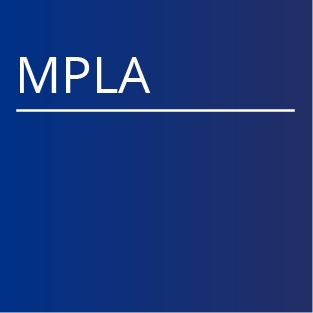Dose Notifications and Alerts for CT Scanners: What You Should Know
All new CT scanners sold in the US now comply with the National Electrical Manufacturers Association XR 25 CT Dose-Check Standard. In addition, manufacturers are making efforts to ensure that as many of their installed units as possible also meet this relatively new radiation safety standard. Compliant CT scanners can be configured to inform operators when scan settings would likely yield values of CTDIvol or DLP that would exceed pre-assigned values. These scanners allow users, before proceeding with scanning, to confirm or correct settings that might otherwise lead to unnecessarily high exposures. Manufacturers may include pre-assigned values in their default protocols, but all values are user-configurable. It is essential that radiologists, technologists and medical physicists working with CT know if their equipment meet this Dose Check Standard and how to use these new features to prevent unintended and unnecessary radiation exposure to their patients.
The American Association of Physicists in Medicine’s (AAPM) Working Group on Standardization of CT Nomenclature and Protocols has developed a PowerPoint presentation explaining what the Dose Check Standard’s dose notifications and dose alerts are, how they work, how they should be used, and cautions for certain clinical applications. The Working Group includes academic and consulting medical physicists who specialize in CT imaging, representatives of each of the major CT scanner manufacturers, and liaisons from the American College of Radiology, American Society of Radiology Technologists, and the Food and Drug Administration. To access the free CT Dose Notifications and Alerts presentation, click here. To determine if your CT scanner meets the CT Dose-Check Standard, contact your equipment manufacturer.



















